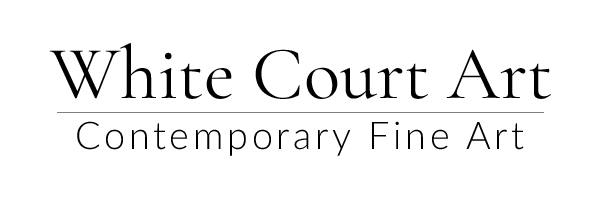Nestled along the rugged coastline of southwestern England, Cornwall has long been a haven for artists seeking inspiration from its breathtaking landscapes, picturesque villages, and rich cultural heritage. The Cornish art scene, with its deep-rooted history and vibrant contemporary community, continues to thrive as a hub of creativity and artistic expression. In this blog post, we will explore the enchanting world of Cornish art, its influential figures, distinct artistic traditions, and the captivating beauty that has made Cornwall a source of inspiration for generations of artists.
No discussion of the Cornish art scene would be complete without mentioning the St. Ives School, a group of artists who made significant contributions to British modernism. Emerging in the mid-20th century, this artistic community drew inspiration from the area’s stunning coastal landscapes and the vibrant artistic movements of the time. Led by influential figures such as Ben Nicholson, Barbara Hepworth, and Peter Lanyon, the St. Ives School embraced abstraction and experimented with form, color, and texture.
The artistic language developed by the St. Ives artists bridged the gap between European modernism and the British art tradition, resulting in a distinct and innovative style. Their works showcased a deep connection to the local environment, often featuring organic forms and a sense of spirituality rooted in Cornwall’s rich history. The St. Ives School not only put Cornwall on the artistic map but also influenced artists around the world, leaving a lasting impact on the development of modern art.
The legacy of the St. Ives School continues to inspire and shape the contemporary Cornish art scene. Cornwall remains a hub for artists seeking a vibrant community, natural beauty, and a space for creative exploration. The region’s galleries, studios, and art festivals provide platforms for both emerging and established artists to showcase their work and engage with a diverse audience.
One prominent contemporary Cornish artist is Kurt Jackson, known for his expressive and immersive landscapes. Jackson’s deep connection to the natural world is evident in his work, which often explores the intersection of art, science, and environmental activism. His paintings capture the essence of Cornwall, celebrating its diverse ecosystems and highlighting the urgent need for environmental preservation.
Another influential figure in the Cornish art scene is Rose Hilton, who studied under Roger Hilton, a key member of the St. Ives School. Rose Hilton’s vibrant and emotive paintings draw inspiration from her surroundings, creating a visual narrative that reflects her experiences and memories. Her expressive use of color and bold brushwork invites viewers into a world of introspection and emotion.
The contemporary Cornish art scene also embraces a wide range of artistic disciplines, from sculpture to ceramics, printmaking to photography. Artists such as Sax Berlin, Paul Wadsworth, and Francesca Owen bring their unique perspectives and creative approaches to these mediums, further enriching the artistic tapestry of Cornwall.
Cornwall’s extraordinary landscapes, with their dramatic cliffs, golden beaches, and ever-changing seascapes, provide endless inspiration for artists. The region’s unique light, influenced by its coastal location, has a transformative quality that captivates both artists and visitors alike. The play of light and shadow, the juxtaposition of land and sea, and the ever-shifting colors of the sky serve as an ever-changing muse for artists, allowing them to capture the essence of Cornwall’s natural beauty.
In addition to its breathtaking landscapes, Cornwall’s rich cultural heritage also plays a significant role in shaping the art of the United Kingdom
